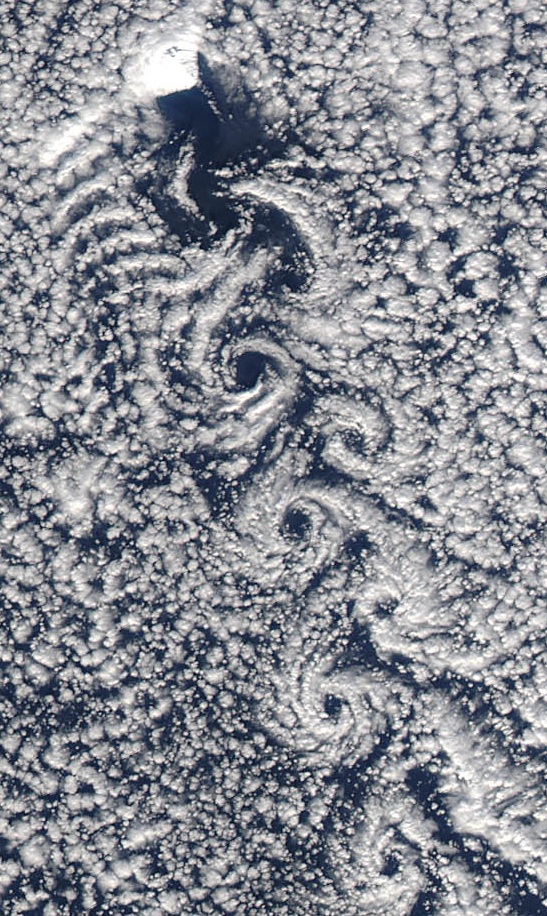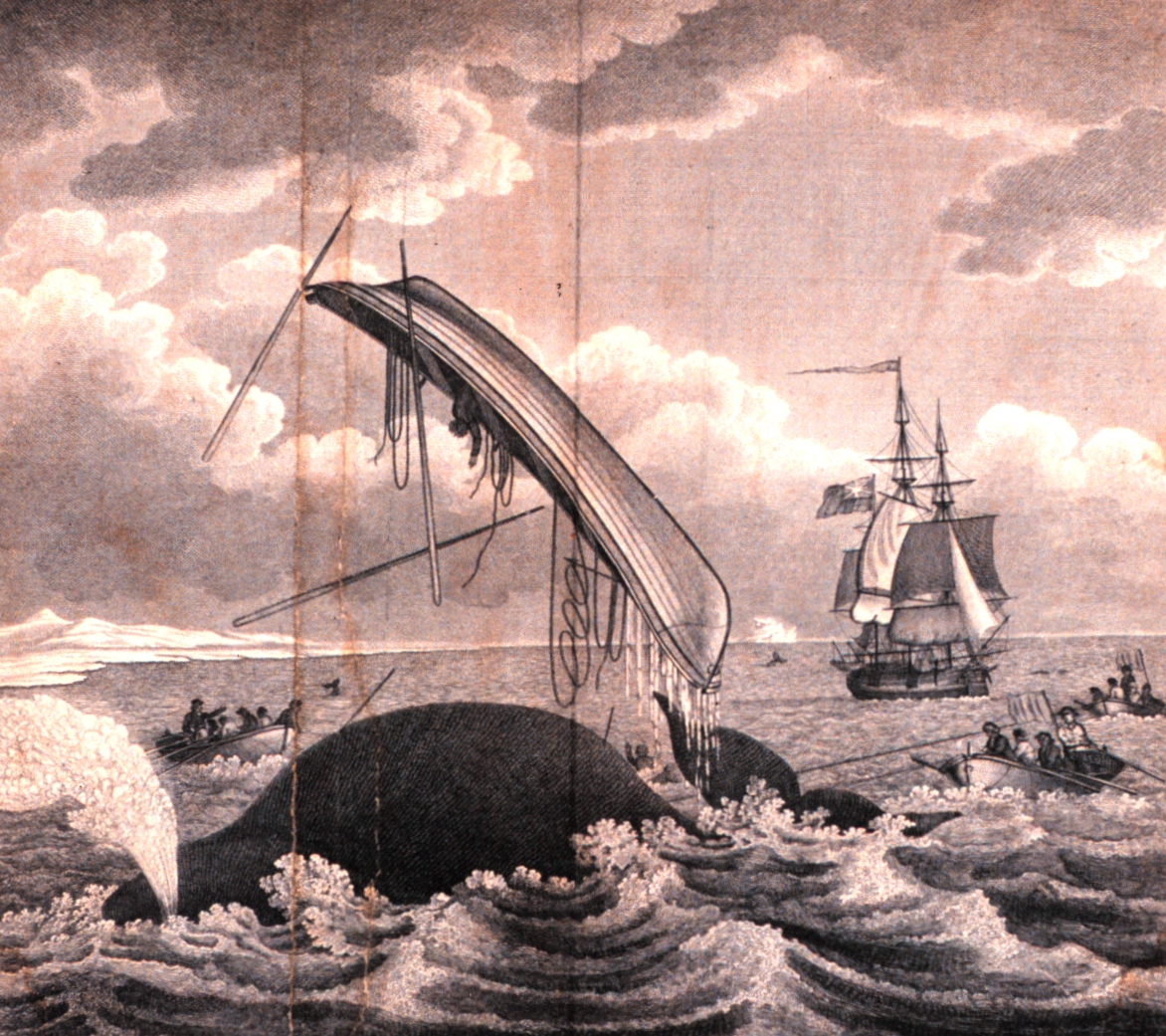|
Engelskbukta (Jan Mayen)
Engelskbukta (English: ''English Bay'') is a broad, open bay mid-way up the west coast of the Norwegian island of Jan Mayen. It lies between Kapp Rudsen and Kvalrossen, comprising Kvalrossbukta and Tømmerbukta. Presumably this is where the English resorted to in 1616, when they sent their first whaling ships to the island. The Dutch whalers called it ''Noordbaai'' (North Bay) and used it for one of their two main whaling station Whaling is the process of hunting of whales for their usable products such as meat and blubber, which can be turned into a type of oil that became increasingly important in the Industrial Revolution. It was practiced as an organized industry a ...s. In 1632 two Basque whaling ships plundered the station, causing the Dutch to send a wintering party of seven men in 1633–34. All perished. References * * Norwegian Polar InstitutPlace Names of Svalbard Database Bays of Jan Mayen Whaling stations in Norway {{JanMayen-geo-stub ... [...More Info...] [...Related Items...] OR: [Wikipedia] [Google] [Baidu] |
English Language
English is a West Germanic language of the Indo-European language family, with its earliest forms spoken by the inhabitants of early medieval England. It is named after the Angles, one of the ancient Germanic peoples that migrated to the island of Great Britain. Existing on a dialect continuum with Scots, and then closest related to the Low Saxon and Frisian languages, English is genealogically West Germanic. However, its vocabulary is also distinctively influenced by dialects of France (about 29% of Modern English words) and Latin (also about 29%), plus some grammar and a small amount of core vocabulary influenced by Old Norse (a North Germanic language). Speakers of English are called Anglophones. The earliest forms of English, collectively known as Old English, evolved from a group of West Germanic (Ingvaeonic) dialects brought to Great Britain by Anglo-Saxon settlers in the 5th century and further mutated by Norse-speaking Viking settlers starting in the 8th and 9th ... [...More Info...] [...Related Items...] OR: [Wikipedia] [Google] [Baidu] |
Jan Mayen
Jan Mayen () is a Norwegian volcanic island in the Arctic Ocean with no permanent population. It is long (southwest-northeast) and in area, partly covered by glaciers (an area of around the Beerenberg volcano). It has two parts: larger northeast Nord-Jan and smaller Sør-Jan, linked by a wide isthmus. It lies northeast of Iceland (495 km 05 miNE of Kolbeinsey), east of central Greenland, and west of the North Cape, Norway. The island is mountainous, the highest summit being the Beerenberg volcano in the north. The isthmus is the location of the two largest lakes of the island, Sørlaguna (South Lagoon) and Nordlaguna (North Lagoon). A third lake is called Ullerenglaguna (Ullereng Lagoon). Jan Mayen was formed by the Jan Mayen hotspot and is defined by geologists as a separate continent. Although administered separately, in the ISO 3166-1 standard, Jan Mayen and Svalbard are collectively designated as ''Svalbard and Jan Mayen'', with the two-letter country code "SJ". N ... [...More Info...] [...Related Items...] OR: [Wikipedia] [Google] [Baidu] |
Whaling In The United Kingdom
Commercial whaling in Britain began late in the 16th century and continued after the 1801 formation of the United Kingdom and intermittently until the middle of the 20th century. The trade was broadly divided into two branches. The northern fishery involved hunting the bowhead whale off the coast of Greenland and adjacent islands. The southern fishery was activity anywhere else, including in the Atlantic, Pacific and Indian Oceans and off the Antarctic. The Sperm whale, the Southern right whale and Humpback whale were the main target species in South Sea whaling. The industry went on to become a profitable national enterprise and a source of skilled mariners for the Royal Navy in times of war. Modern whaling, using factory ships and catchers fitted with bow-mounted cannons that fired explosive harpoons, continued into the 20th century and was mainly focused on the Antarctic and nearby islands where shore stations had been established. The collapse of whale stocks in the 1960s, d ... [...More Info...] [...Related Items...] OR: [Wikipedia] [Google] [Baidu] |
Whaling In The Netherlands
Whaling is the process of hunting of whales for their usable products such as meat and blubber, which can be turned into a type of oil that became increasingly important in the Industrial Revolution. It was practiced as an organized industry as early as 875 AD. By the 16th century, it had risen to be the principal industry in the Basque coastal regions of Spain and France. The industry spread throughout the world, and became increasingly profitable in terms of trade and resources. Some regions of the world's oceans, along the animals' migration routes, had a particularly dense whale population, and became the targets for large concentrations of whaling ships, and the industry continued to grow well into the 20th century. The depletion of some whale species to near extinction led to the banning of whaling in many countries by 1969, and to an international cessation of whaling as an industry in the late 1980s. The earliest known forms of whaling date to at least 3000 BC. Coastal ... [...More Info...] [...Related Items...] OR: [Wikipedia] [Google] [Baidu] |
Whaling Station
Whaling is the process of hunting of whales for their usable products such as meat and blubber, which can be turned into a type of oil that became increasingly important in the Industrial Revolution. It was practiced as an organized industry as early as 875 AD. By the 16th century, it had risen to be the principal industry in the Basque coastal regions of Spain and France. The industry spread throughout the world, and became increasingly profitable in terms of trade and resources. Some regions of the world's oceans, along the animals' migration routes, had a particularly dense whale population, and became the targets for large concentrations of whaling ships, and the industry continued to grow well into the 20th century. The depletion of some whale species to near extinction led to the banning of whaling in many countries by 1969, and to an international cessation of whaling as an industry in the late 1980s. The earliest known forms of whaling date to at least 3000 BC. Coastal ... [...More Info...] [...Related Items...] OR: [Wikipedia] [Google] [Baidu] |
History Of Basque Whaling
The Basques were among the first people to catch whales commercially, as opposed to aboriginal whaling, and dominated the trade for five centuries, spreading to the far corners of the North Atlantic and even reaching the South Atlantic. The French explorer Samuel de Champlain, when writing about Basque whaling in Terranova (i.e. Newfoundland), described them as "the cleverest men at this fishing".Martijn, C.J., S. Barkham, and M.M. Barkham. 2003. Basques? Beothuk? Innu? Inuit? or St. Lawrence Iroquoians? The Whalers on the 1546 Desceliers Map, Seen Through the Eyes of Different Beholders. ''Newfoundland and Labrador Studies'', Vol. 19, No. 1: ''The New Early Modern Newfoundland'': Part 2. By the early 17th century, other nations entered the trade in earnest, seeking the Basques as tutors, "for heywere then the only people who understand whaling", lamented the English explorer Jonas Poole. Having learned the trade themselves, other nations adopted their techniques and soon dominated ... [...More Info...] [...Related Items...] OR: [Wikipedia] [Google] [Baidu] |
R-29-IX-X-XI 200-K 1967 Jan Mayen , when placed before a state abbreviation, usually in parenthesis after the name of a politician
{{Disambiguation ...
R- may represent: *a type of chirality, in chemical notation *an ''R'' prefix used for various constants *the set of negative real numbers *negative reinforcement, in behavioural psychology *membership of the United States Republican Party Republican Party is a name used by many political parties around the world, though the term most commonly refers to the United States' Republican Party. Republican Party may also refer to: Africa *Republican Party (Liberia) * Republican Part ... [...More Info...] [...Related Items...] OR: [Wikipedia] [Google] [Baidu] |
Altes Grabkreuz Für Einen Tapferen Holländer
''For people with the surname, see Altès (surname).'' In Greek mythology, Altes was a Lelegian king who resided at Pedasus, which was situated in or near the Troad. According to Homer's ''Iliad'' Altes was the father of Laothoe, one of the many wives of King Priam. In other accounts, Altes is also said to be the father of the Argonaut Ancaeus of Samos; perhaps because this Ancaeus was also of Lelegian stock. The parentage of Altes is not given by the ancient mythographers.Homer, ''Iliad'' 21.86 & 22.51 Notes Kings in Greek mythology References * Homer Homer (; grc, Ὅμηρος , ''Hómēros'') (born ) was a Greek poet who is credited as the author of the ''Iliad'' and the ''Odyssey'', two epic poems that are foundational works of ancient Greek literature. Homer is considered one of the ..., ''The Iliad'' with an English Translation by A.T. Murray, Ph.D. in two volumes. Cambridge, MA., Harvard University Press; London, William Heinemann, Ltd. 1924. Online ... [...More Info...] [...Related Items...] OR: [Wikipedia] [Google] [Baidu] |
Bays Of Jan Mayen
A bay is a recessed, coastal body of water that directly connects to a larger main body of water, such as an ocean, a lake, or another bay. A large bay is usually called a gulf, sea, sound, or bight. A cove is a small, circular bay with a narrow entrance. A fjord is an elongated bay formed by glacial action. A bay can be the estuary of a river, such as the Chesapeake Bay, an estuary of the Susquehanna River. Bays may also be nested within each other; for example, James Bay is an arm of Hudson Bay in northeastern Canada. Some large bays, such as the Bay of Bengal and Hudson Bay, have varied marine geology. The land surrounding a bay often reduces the strength of winds and blocks waves. Bays may have as wide a variety of shoreline characteristics as other shorelines. In some cases, bays have beaches, which "are usually characterized by a steep upper foreshore with a broad, flat fronting terrace".Maurice Schwartz, ''Encyclopedia of Coastal Science'' (2006), p. 129. Bays were s ... [...More Info...] [...Related Items...] OR: [Wikipedia] [Google] [Baidu] |






